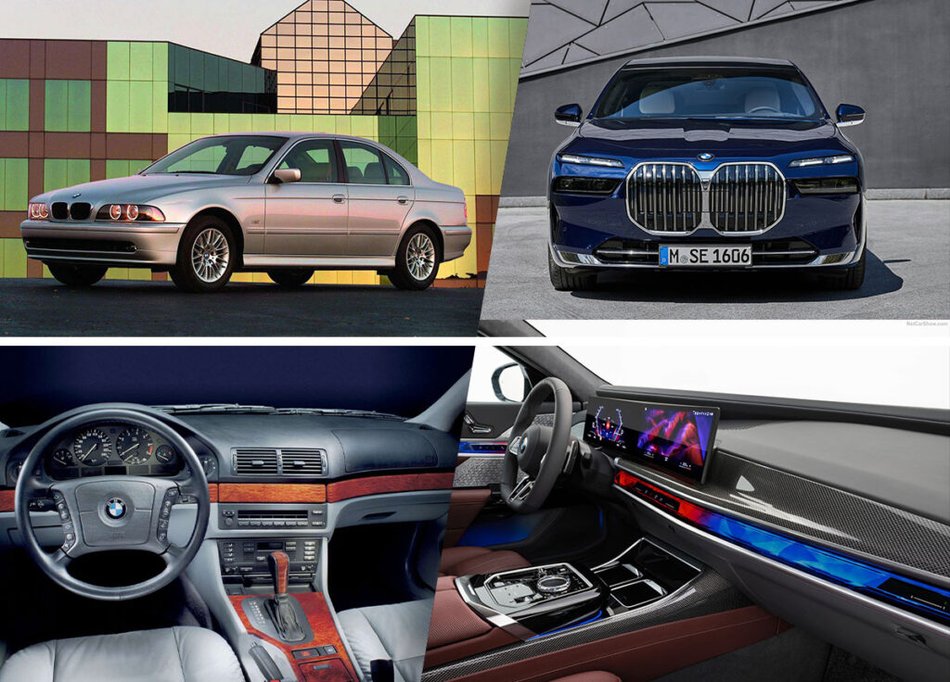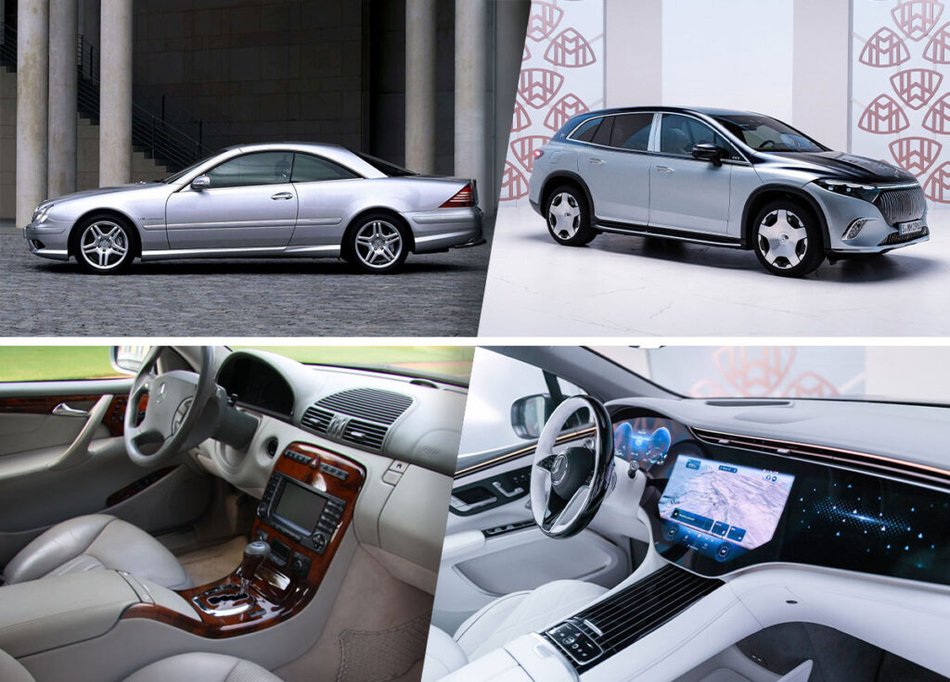
IN DESIGN WE TRUST
I recently happened to reread the biography of Steve Jobs by W. Isaacson, and to draw some food for thought on the present… in the book it is reported that, at a certain point, Apple’s management began to reproach Jobs for spending too much time and money on details considered superfluous, such as the study of interface fonts, or construction and finishing details, even the positioning of assembly screws….
Perfectionism in design and the obsessive pursuit of quality were considered a problem, to the point of becoming one of the main reasons for Jobs’ subsequent departure from the company. In short, the aspiration to an ideal of absolute quality, pushed to the smallest or most hidden details, was considered in conflict with the imperative of maximizing the company profit margin. As history would later demonstrate, nothing could be more wrong.

A few years later, a similar fate befell Ferdinand Piech, visionary leader of the VW group for many years, but also a great car enthusiast and a fine technician. His obsession with technical perfection and quality in every detail of the products (Vorsprung durch Technic) was often considered, by financial analysts, an obstacle to the growth of the profit margin and the financial prosperity of the group. Therefore, after the end of his era, his vision was progressively set aside, placing the rationalization of costs and finance before the pursuit of technical supremacy and product quality.
In simple terms, fewer costs but with some sacrifice on quality: this is the compromise. Again, nothing could be more wrong.
Following a deep crisis, Apple then retraced its steps, bringing Jobs and his philosophy back to the helm of the company; thus paving the way for a period of exceptional growth that continues to this day, such as to place the company in a position of primacy on technology, design and brand reputation that constitutes an enormous competitive advantage and an invaluable investment for the future.
Several automotive groups, especially European ones, have not been able to follow the same path. If we look at Audi, Mercedes, BMW of the early 90s, they were generally better products than their competitors: from the point of view of design, construction completeness, quality of components, reliability. Just like today for an iPhone, the customer was willing to pay a higher price, because he was convinced (almost always rightly) that he was buying a product better designed, better built and with better components.

In the following years, the constant search for cost reduction has slowly but inexorably changed this perception, with a progressive elimination of the technological and quality primacy of European cars, first towards Japanese competitors, today also towards emerging Chinese competitors.
In general, even today the long-term impact of inaccurate design, or compromises accepted in the design phase, with the aim of reducing costs, is often underestimated: what appears to be a gain in the short term, thanks to a reduction in production costs, then reverberates in the long term with a progressive impoverishment of the product. The overall quality of products slowly decreases, technological primacy dissolves and the perception of the brand, by customers, slowly deteriorates. With catastrophic results in the medium-long term, even at a financial level.
As a result, the average customer, especially in the most dynamic contexts such as the boundless Eastern markets, no longer sees any substantial difference, in terms of design and construction quality, between a car from an emerging brand and a Mercedes/Audi/BMW; and often, this difference effectively no longer exists. Years of savings, compromises, standardization of components and platforms have produced a technical and creative flattening of products. So why pay more for a product in which there is no longer any real added value?

Shifting attention from quality, design and technological research, in a word from the product, towards only cost reduction and finance, has therefore turned out, in just a few years, in a huge boomerang for many Western manufacturers.
Learning from Apple’s history, European manufacturers should therefore abandon an approach that is too oriented towards immediate financial results and shift the focus back to their historical values: technological innovation, design creativity, construction quality and user experience.
Only by starting from its fundamentals, enhancing its technological heritage and know-how, can the European automotive industry, in my opinion, project itself towards a future perspective of growth and renewed energy.
In design we trust!


